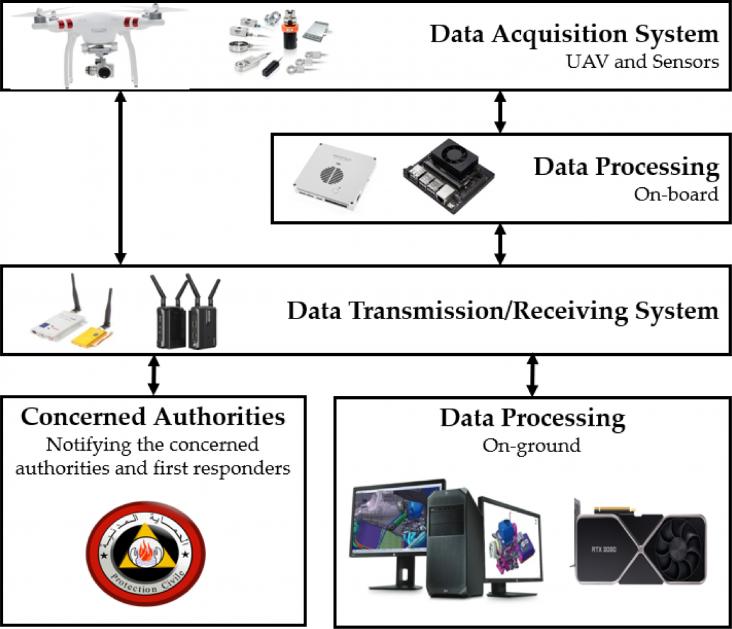3rd Generation Biofuels: Disruptive Technologies to Enable Commercial Production, Volume , 1 January 2022
Biofuels and Biorefining: Volume 1: Current Technologies for Biomass Conversion, Volume , 1 January 2022
Renewable Energy Production and Distribution: Recent Developments, Volume , 1 January 2022
Biofuels and Biorefining: Volume 1: Current Technologies for Biomass Conversion, Volume , 1 January 2022

Wildfire is one of the most critical natural disasters that threaten wildlands and forest resources.
Fruits and vegetables are responsible for about 22% of food losses and wastes along the supply chain (not including the retail level).
